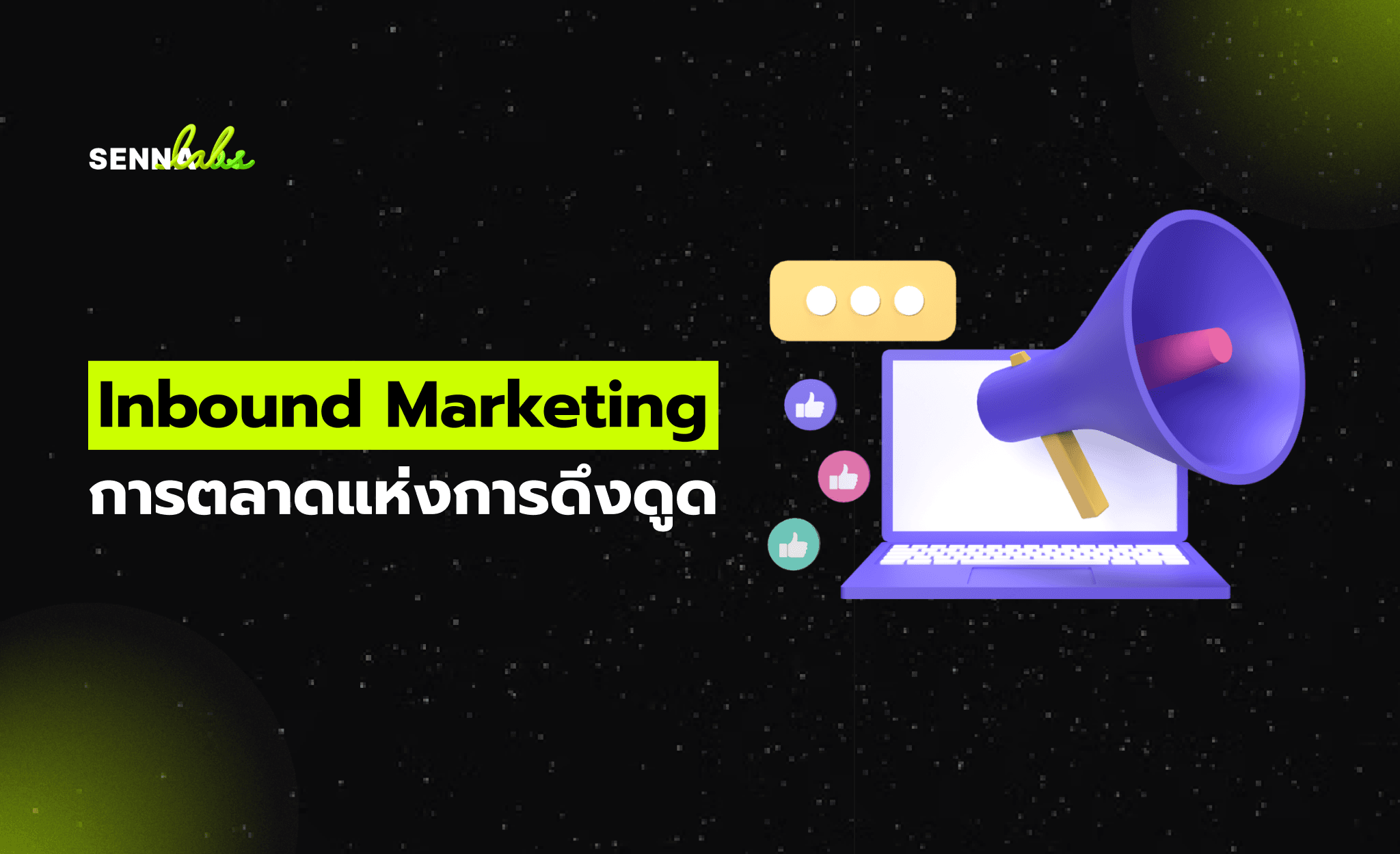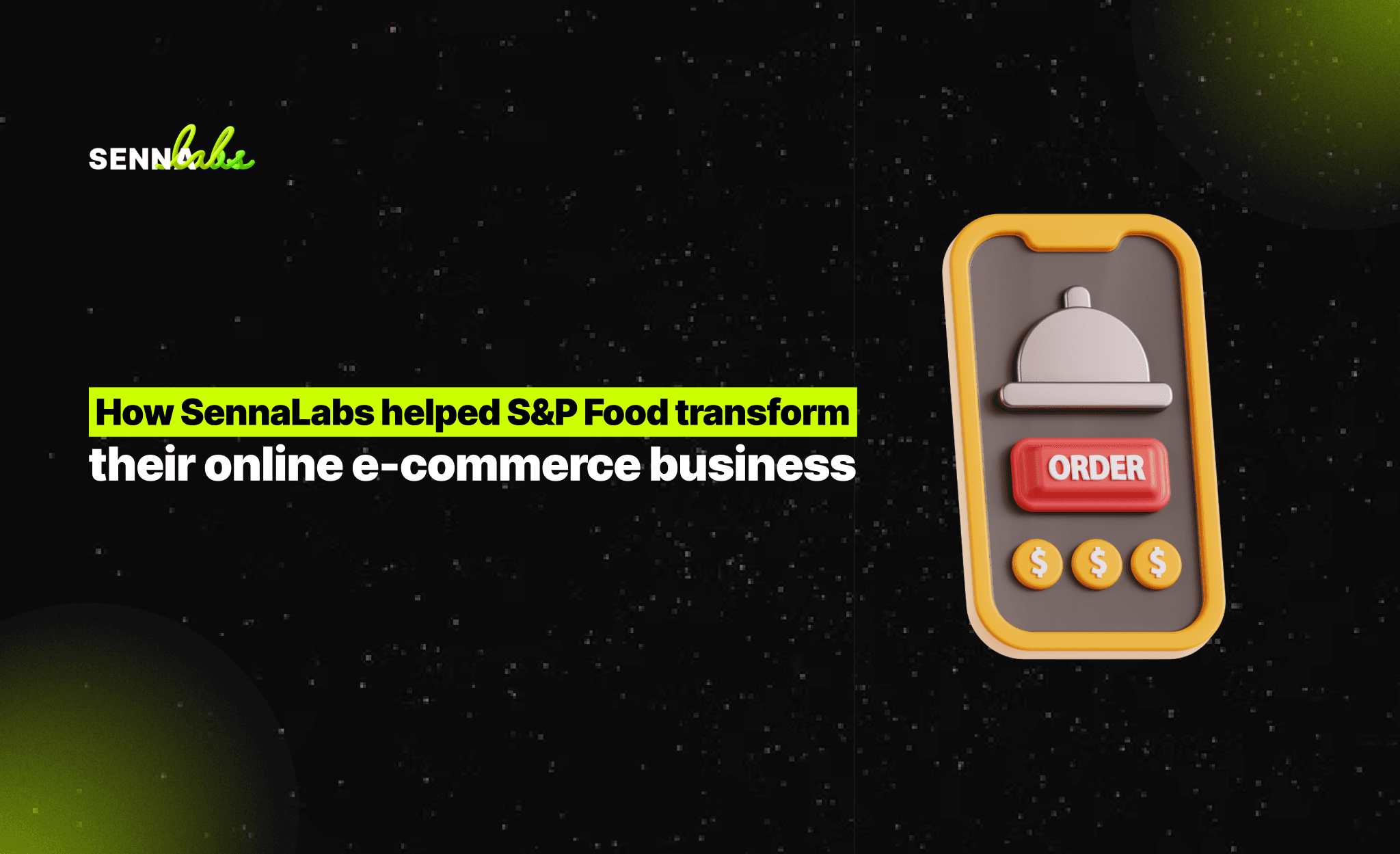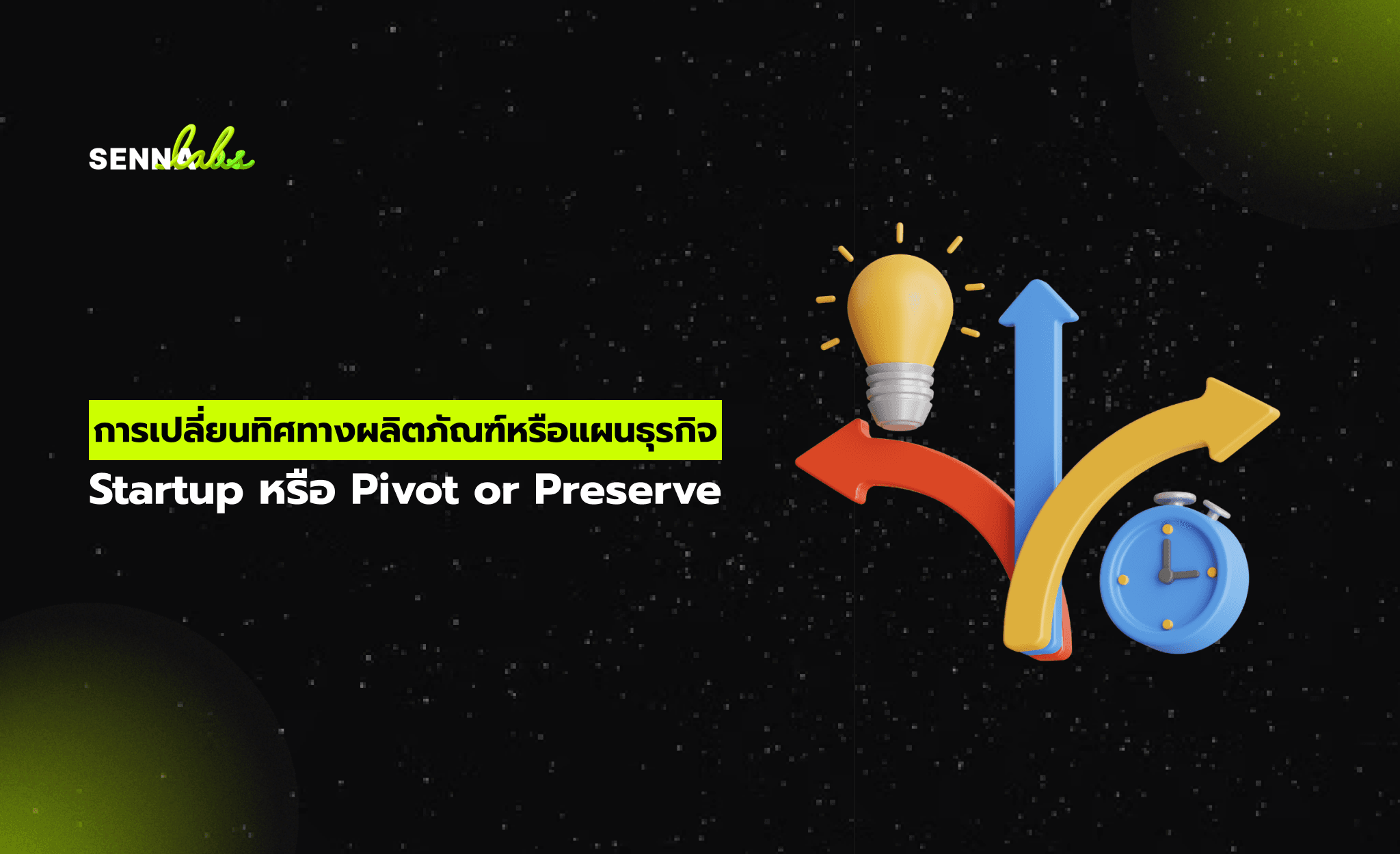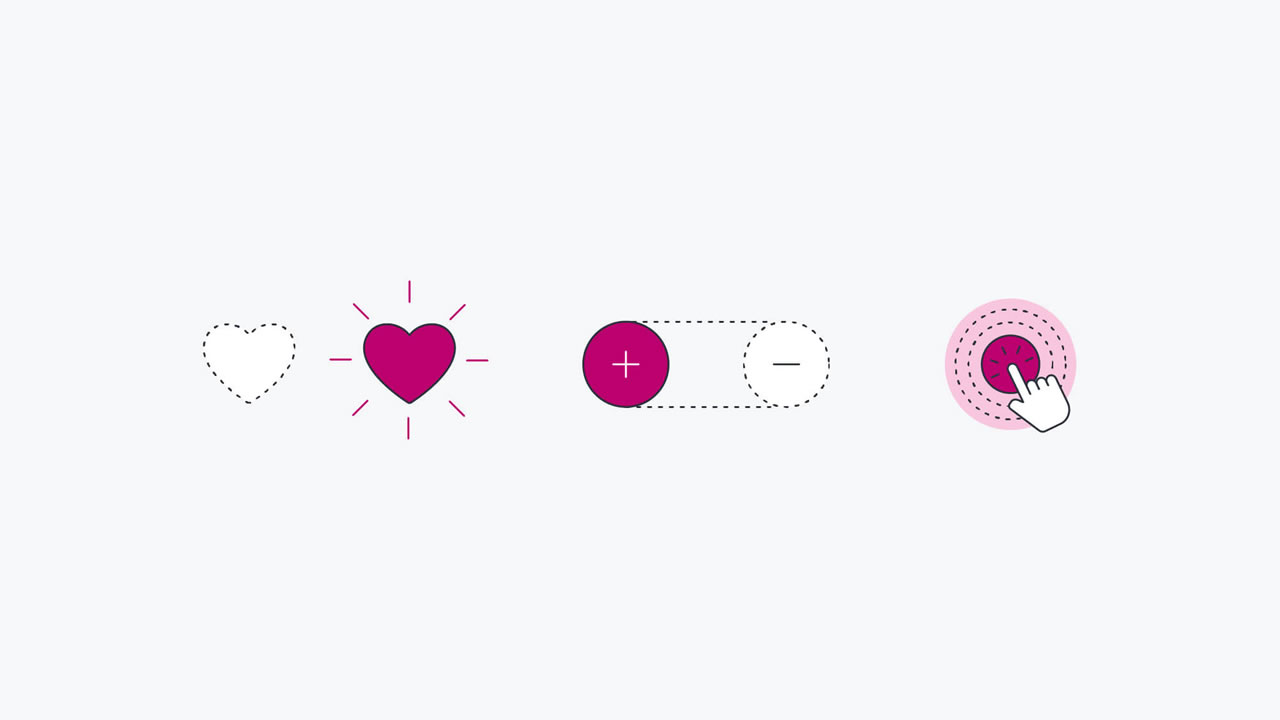Microinteractions: Small Details That Make a Big Difference in UX/UI

User experience (UX) goes beyond clean layouts—it’s about how users feel during every interaction. Microinteractions are small, purposeful animations and visual cues that improve usability and create emotional connections with users. Whether it's a ripple effect on a button or a progress bar during checkout, these tiny elements make digital products feel more responsive and human.
What Are Microinteractions?
Microinteractions are small animations or interactive elements that guide, confirm, and engage users. Though subtle, they deliver essential feedback and enhance the overall user experience.
Common Types Include:
-
Loading Animations – Show users that content is being processed.
-
Button Feedback – Confirms clicks, taps, or hovers.
-
Real-Time Progress Bars – Communicate task completion.
-
Swipe Gestures & Haptic Feedback – Improve touch interactions.
-
Typing Indicators – Support real-time communication.
-
Like & Share Animations – Add visual engagement and response.
Why Microinteractions Matter in UX/UI
Reduce User Frustration
Visual feedback like spinners and progress bars provide reassurance during wait times. Without them, users may assume the system is broken and abandon the task.
Example: An online store introduced a progress bar in the checkout process and reduced cart abandonment by 20%.
Enhance User Engagement
Microinteractions add delight and keep users interested. A simple animation can make the experience more enjoyable and encourage interaction.
Example: A social media app added an animated reaction to likes, boosting engagement by 18%.
Improve Usability and Guidance
Real-time feedback helps users correct mistakes and follow processes more confidently.
Example: A job platform introduced real-time error detection in form fields, increasing successful applications by 25%.
Strengthen Brand Identity
Branded animations and cues can make a product feel unique. These elements communicate personality and help users remember the experience.
Example: A finance app added a subtle coin animation for savings transactions, resulting in a 12% increase in repeat usage.
Case Study: Ride-Hailing App Success Through Microinteractions
The Challenge
Users frequently dropped off while waiting for driver assignments due to lack of feedback and trust in the process.
The Strategy
The app implemented:
-
Animated Loading Screens to indicate the system was working.
-
Progress Indicators to show estimated wait times.
-
Smooth Transitions for driver confirmations to enhance flow.
-
Live Tracking Animations with subtle movement and effects for clarity.
The Impact
-
15% increase in ride bookings
-
20% reduction in app abandonment
- Higher user satisfaction and better reviews
How to Design Effective Microinteractions
-
Be Subtle: Animations should be noticeable but not distracting.
-
Stay Purpose-Driven: Every interaction must serve a function.
-
Ensure Consistency: Maintain style across all elements.
-
Optimize Performance: Keep animations lightweight to avoid delays.
-
Test with Users: Use real feedback to refine microinteractions.
Conclusion:
Microinteractions, while seemingly minor, are powerful tools in UX/UI design. They enhance functionality, reduce user friction, and boost engagement. The example of the ride-hailing app illustrates how thoughtful use of animations and feedback can increase trust, satisfaction, and conversions. In digital design, attention to the smallest details can lead to the biggest impact.


Subscribe to follow product news, latest in technology, solutions, and updates
Other articles for you



Let’s build digital products that are simply awesome !
We will get back to you within 24 hours!Go to contact us Please tell us your ideas.
Please tell us your ideas.








